Month: January 2019
Updated Design Features Define Today’s Student Housing
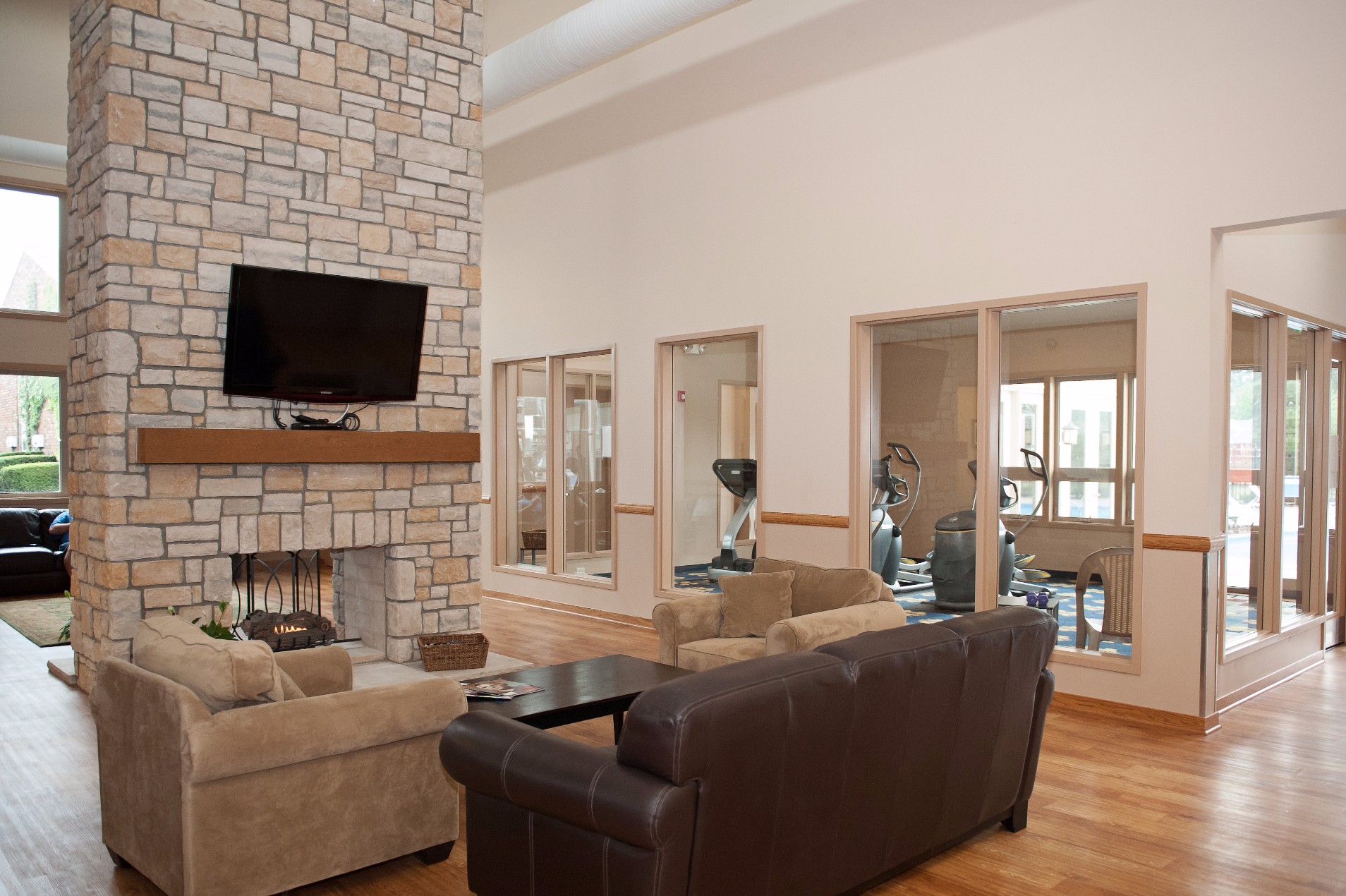
Step into a college dormitory in 2019, and it may seem more like the lobby of a downtown apartment with its modern lounge, higher-end furniture, and recreational space. Student housing today has a new look and feel. According to U.S. Department of Education, higher education enrollment is on the rise, which means there are more students attending college and requiring housing. The needs of today’s college students–greater comfort, privacy, technology, and sustainability–are influencing student-housing design.
More Privacy
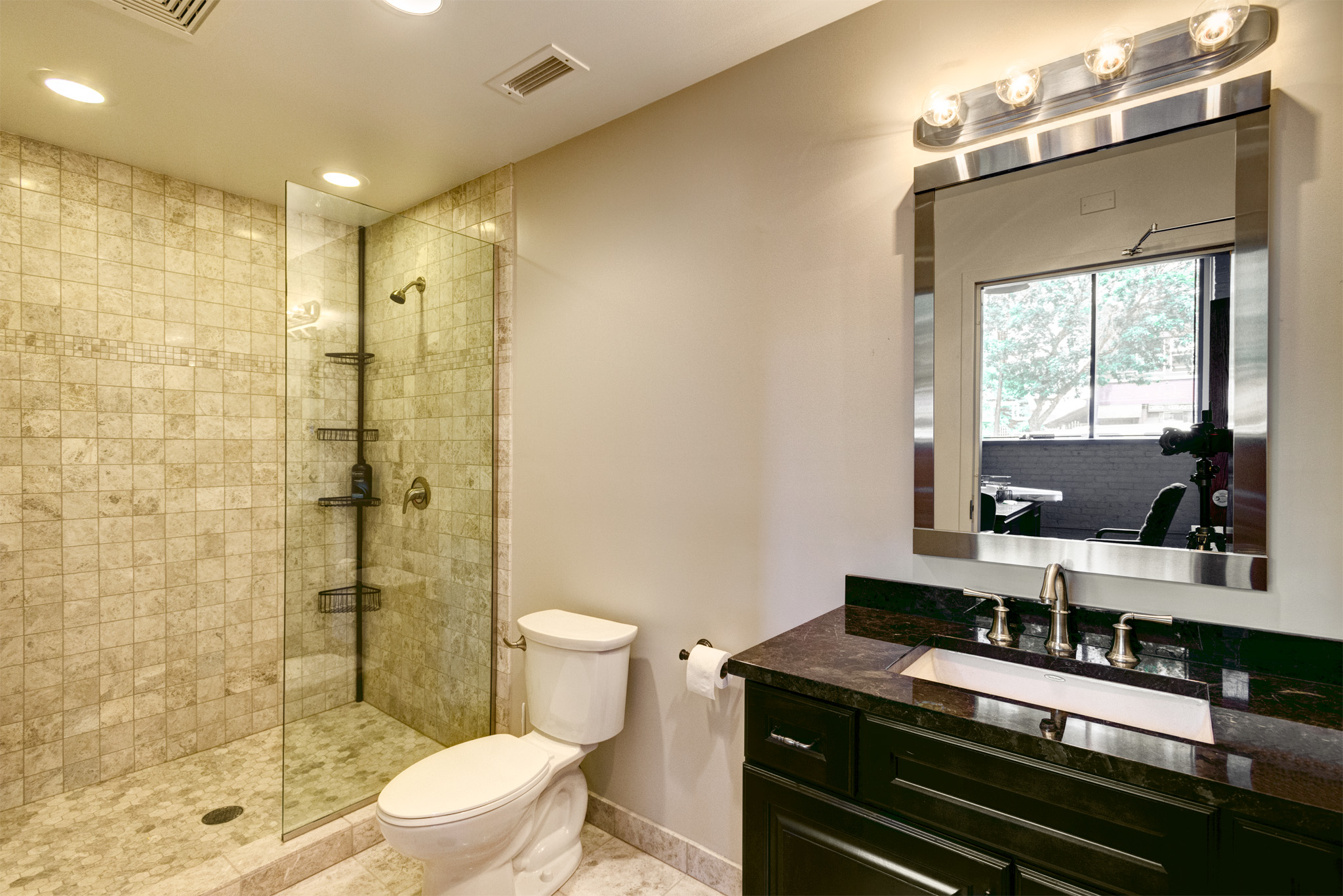
College and universities are increasingly accommodating the privacy preferences of incoming students. Many of the communal elements of student housing are changing. With more emphasis on privacy, colleges and universities are decreasing the number of students to a room, as well as students sharing a bathroom. It’s more the rule than the exception for new residence halls to feature private bathrooms and the suite layout for more living space.
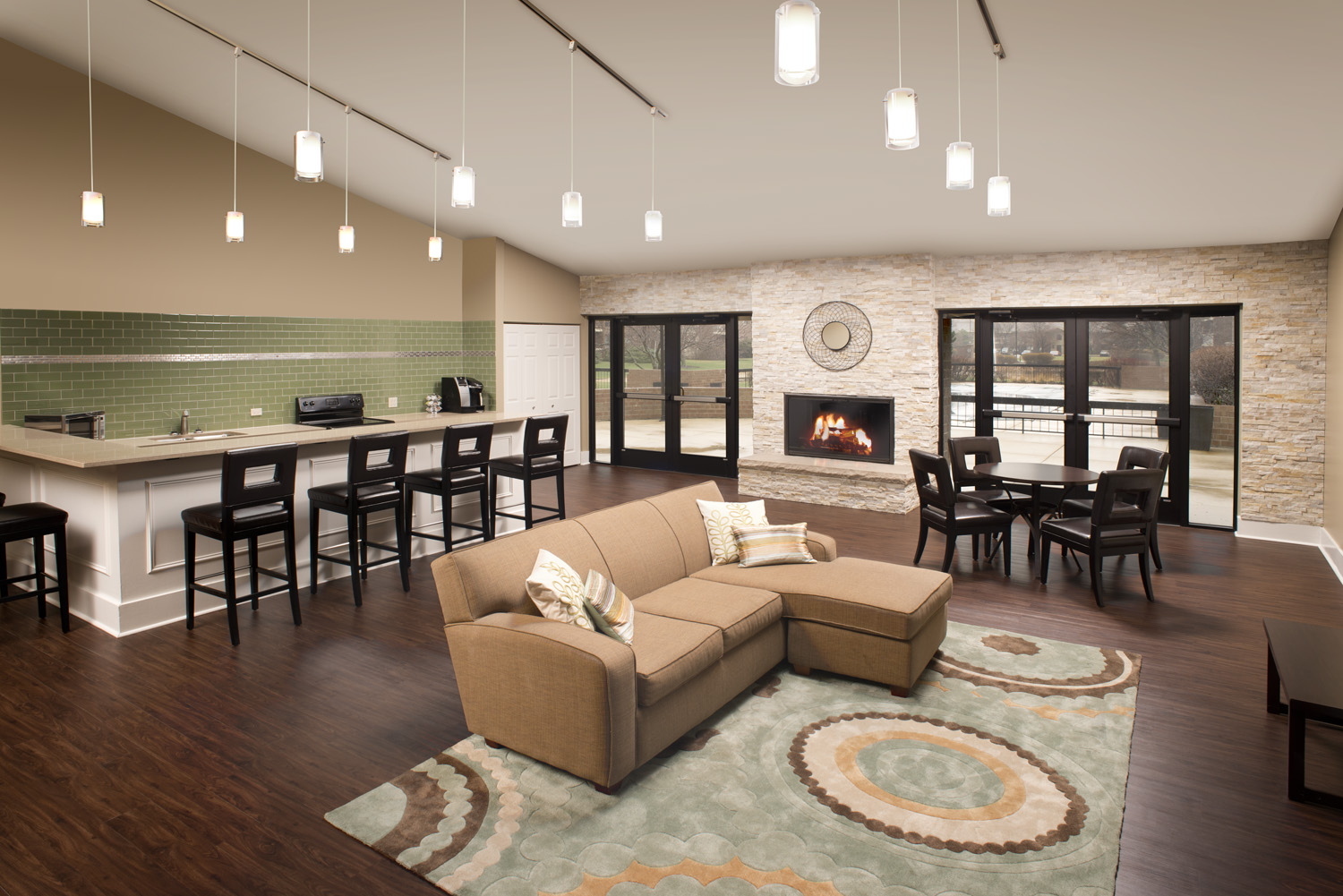 Modern Common Areas
Modern Common Areas
With more privacy in student housing living quarters, common areas have transformed into modern, functional spaces. Student housing operators are moving toward maximizing common spaces to encourage student activity. For example, layouts feature lounges, study spaces, kitchens, and laundries that are equipped with comfortable furniture that can be easily re-configured or moved to accommodate different types of events. Green screens, pool and ping pong tables, maker spaces, innovation incubators, and faculty-in-residence present a stark difference from dorms of yesteryear.
Greener Living
Environmental sustainability is a significant factor for today’s college student, and he or she prefers student housing that promotes a greener approach. “Today’s students grew up with sustainable behavior as a norm,” says Jason Wills of the National Apartment Association. “They recycle, expect water and energy efficiency and are comfortable living in buildings that are designed to be sustainable.”
____________________________
“Environmental responsibility is a priority, and contemporary students seek out eco-friendly living spaces.”
____________________________
As a result, many residential areas are displaying their sustainable accomplishments and features, such water conservation, efficient appliances energy and sustainable certifications. They want to communicate environmental accountability to prospective residents.
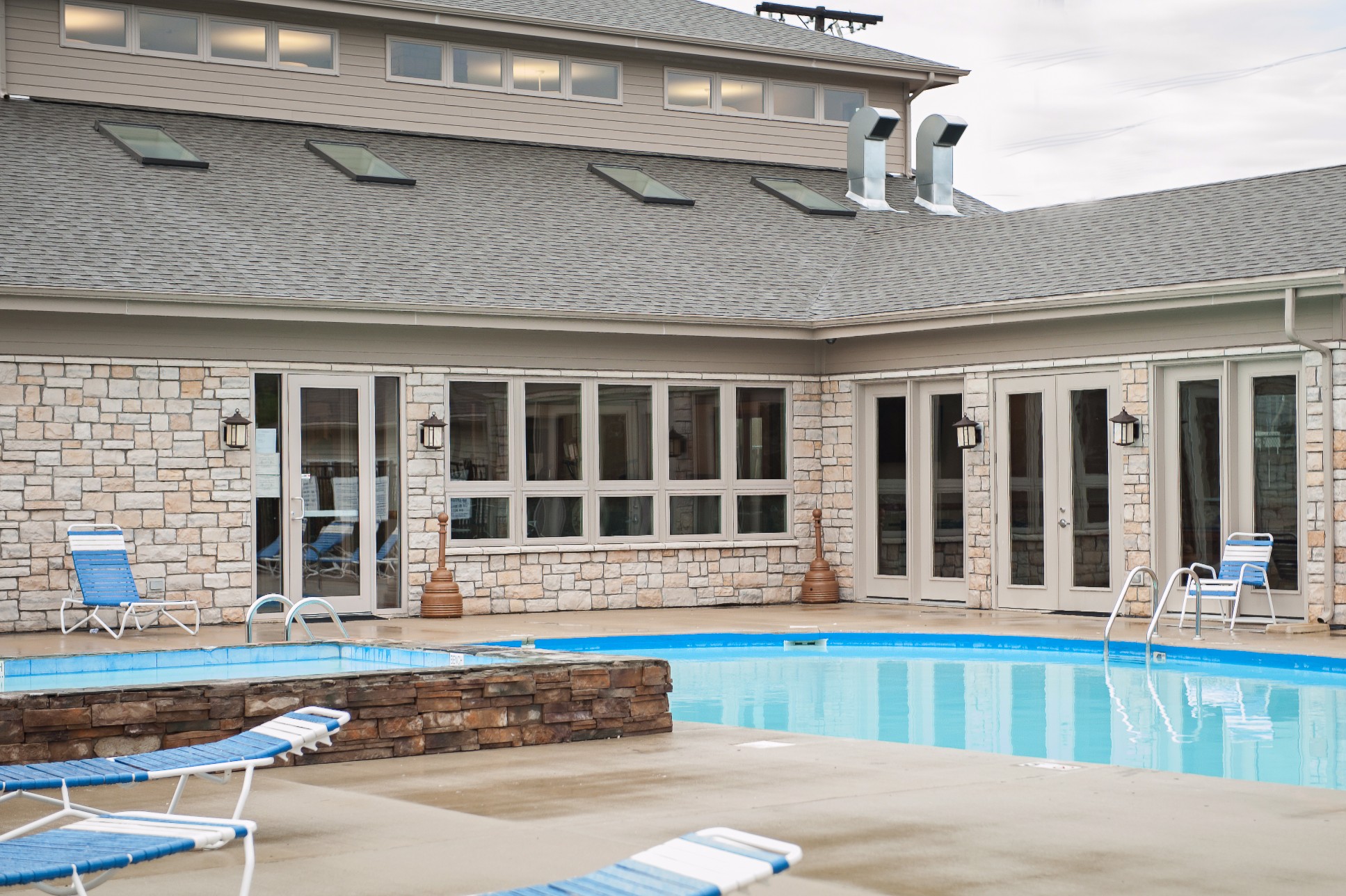
Purpose-Built Student Housing
Purpose-built student housing is a customized program for students who choose to live off-campus, offering unique features like individual leases, study areas, fully furnished units, and roommate matching. These apartment communities are tailored to the needs of students with a hybrid of on and off-campus amenities such as: pools, hot tubs, outdoor living areas, computer labs, study rooms, and coffee shops.
Conclusion
Colleges and universities love to preserve traditions, but it’s clear that some, like student housing, are meant to change. As the social, technological, privacy, and studying behaviors of students develop, student housing operators are responding with more attractive facilities that meet their needs.
Protecting Your Building Exterior from Winter Elements
Winter is here.

Whether or not the North Carolina Blizzard of 2018 is a harbinger of snow storms throughout the country, you can never prepare your building enough for the season ahead. It starts with fully inspecting the building exteriors, including the roof, walls, and door and window frames, and paying special attention to other parts of the building, including:
Fortifying the Roof
Winter weather can wreak havoc on roofs, making building exteriors and interiors vulnerable to damage from leaks. Snow or ice accumulation, even as it melts, disrupts normal drainage paths, and blocked gutters can redirect it to parts of the building ill-equipped for drainage.
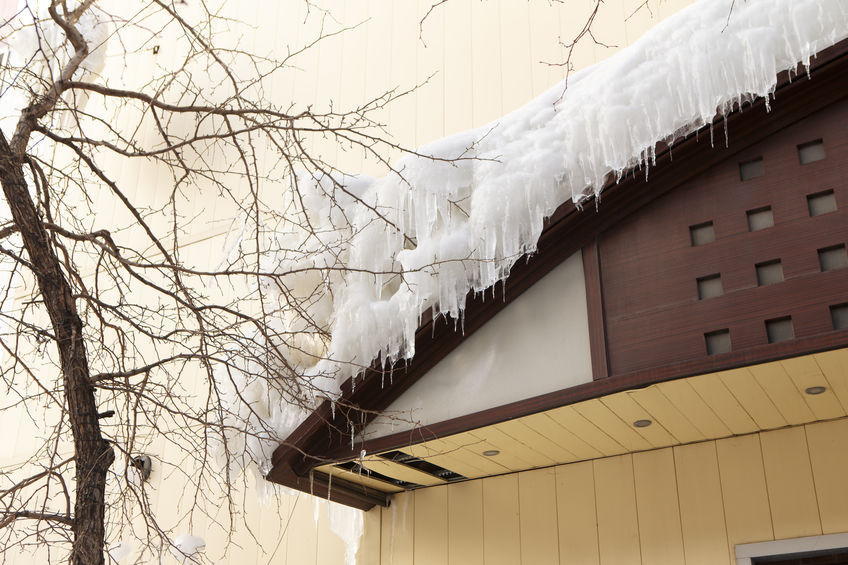 Blocked drains create further problems like concealing standing water which can cause a collapse if the water gets too deep. Adding slope to a roof can help drainage and prevent overload caused by the weight of snow and ice. Take precautionary measures by sealing the edges of high slope roofs to mitigate the risk of ice damming, and installing snow guards to prevent heavy snow layers from migrating to the gutters.
Blocked drains create further problems like concealing standing water which can cause a collapse if the water gets too deep. Adding slope to a roof can help drainage and prevent overload caused by the weight of snow and ice. Take precautionary measures by sealing the edges of high slope roofs to mitigate the risk of ice damming, and installing snow guards to prevent heavy snow layers from migrating to the gutters.
Keeping Lobby Entrances Clean

As the face of your building, it’s important to protect lobby entrances. The foot-traffic in lobbies creates wear and tear on its floors, especially when salt and sand used to treat pavement are tracked in. The answer is laying down safety mats and rugs with efficient spacing. Matting best practices advise 5 to 10 feet of coarse matting outside a building, 5 to 10 feet of matting directly inside the building and another 5 to 10 feet of matting directly behind it.
Protecting Your HVAC System
Your building’s HVAC system is pivotal to the comfort and safety of tenants and guests. In addition to maintaining temperature and air quality, an HVAC system serves as the first line of defense against inclement weather.
In an interview with Buildings, Kevin Miskewicz, Director of Commercial Product Planning at Mitsubishi Electric, notes that “Properly protecting your HVAC system from extreme weather conditions can improve its performance and lifespan. Investing in snow hoods, wind baffles and outdoor unit stands prevents snow and ice from getting inside the equipment and potentially causing damage.”
Thinking Through the Entire Process
Optimizing the conditions of roofs, lobby entrances, and HVAC systems are measures that will help protect exterior areas of buildings. More importantly, they will contribute to the safety of building occupants. To that end, here is a concluding safety tip:

Have a rock-solid snow removal plan. Leftover snow can freeze into ice, increasing the chances of slip-and-fall injuries. Snow drifts obstruct important signage and can conceal fire hydrants and handicap parking spaces.
